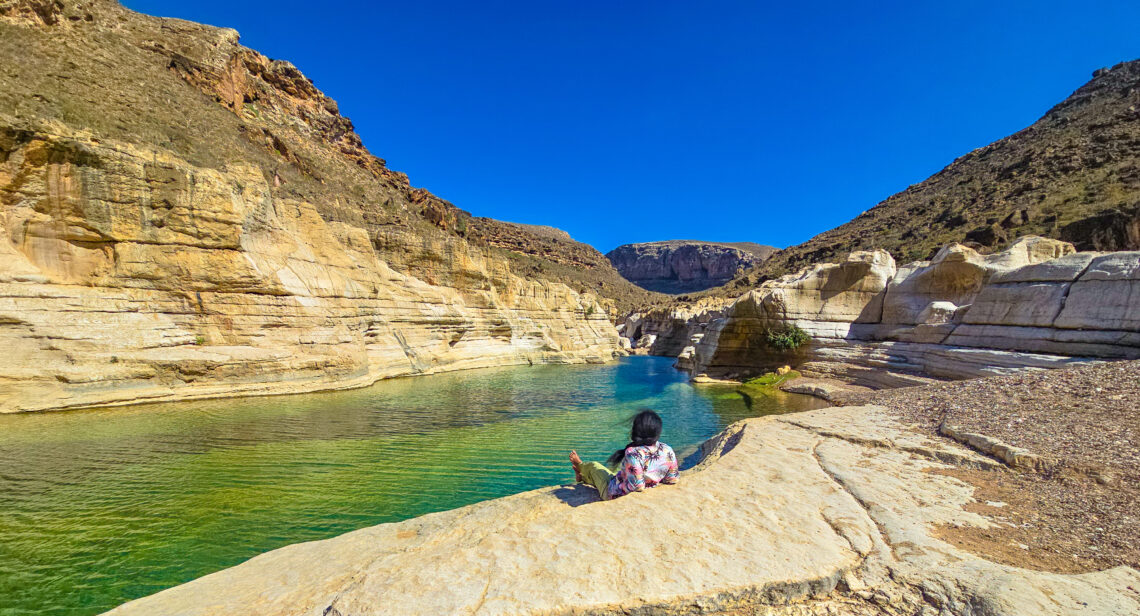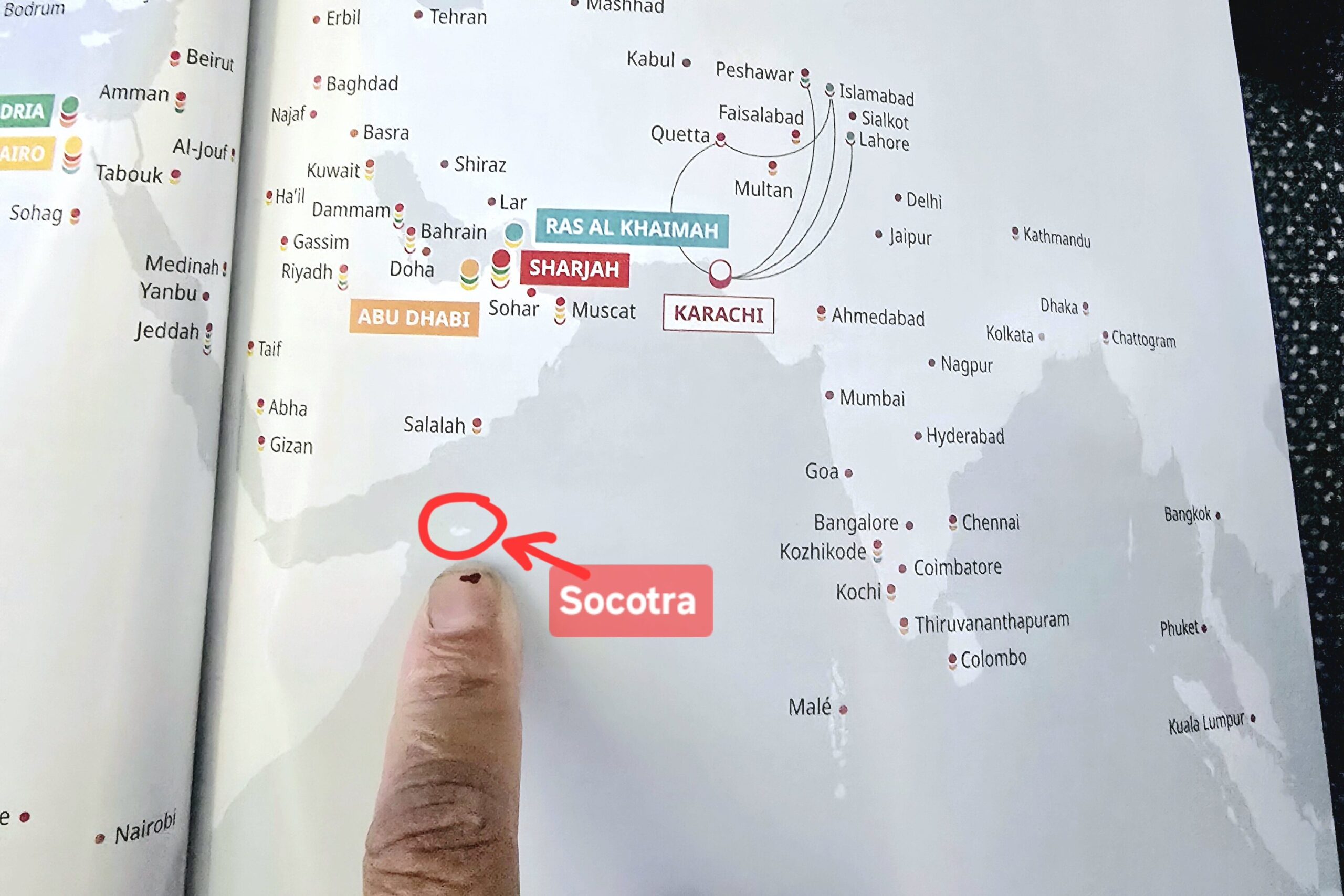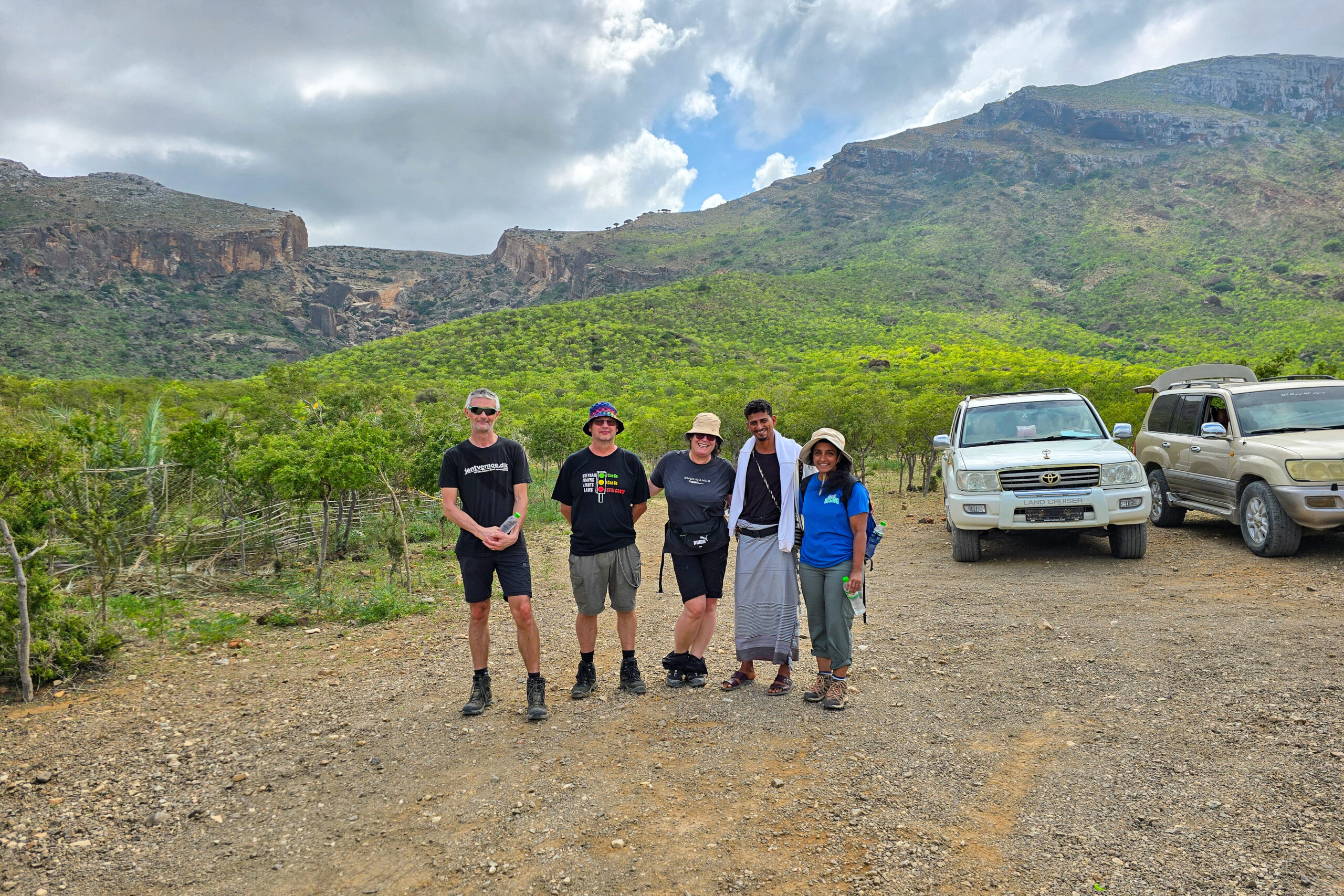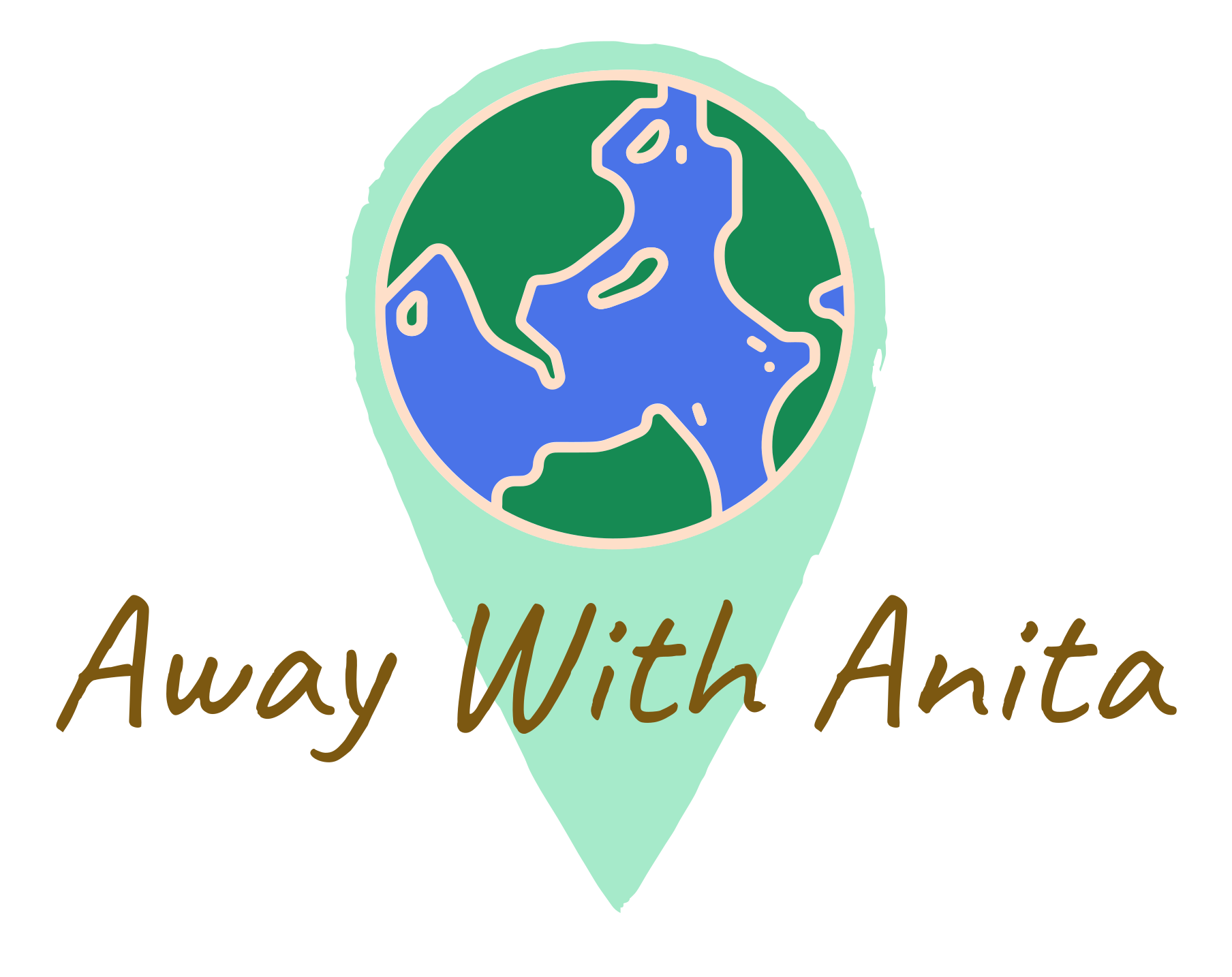
Socotra Essential Guide: Know Before You Go!
Socotra is a remote island in the Arabian Sea that is part of Yemen (yes, Yemen). The island is home to incredible biodiversity including unique landscapes, and endemic plant life that very few people get to see. When I decided to go, I was eager to learn all about this unique place.
My essential guide is everything you need to know before you go to Socotra.
Is Socotra safe?
Yes! This was the first question I had when I started my own research and planning. There is an ongoing civil war in Yemen and just before my trip, the Syrian dictator had been toppled. While the Middle East is a politically unstable region, Socotra Island, a UNESCO World Heritage Site, is more than 200 miles away from mainland Yemen. Not only that, but the Republic of Yemen in its current form has only been in existence since 1990. Previously, there was a North Yemen and a South Yemen (which includes Socotra). Socotra and South Yemen had their own flag and cultural traditions. You’ll see the South Yemen flag on display still as you move around the island.
I went in January 2025. Throughout my week there, I felt very safe. We had very knowledgable The whole experience was safe, exciting, fun, and organized!
Is Socotra conservative?
Yes, it is, especially when compared to other Arab countries like Egypt and Morocco. However, female tourists are not expected to follow the same dress customs as local women. For the most part, aside from the guides and drivers, you are not really around a lot of locals. Most Socotra tours are focused on very remote nature areas. This is where you spend most of your time. When you are in cities like Hadibo, I recommend clothing covering the shoulders and knees.
Locals were friendly and waved as we passed by towns. There is a degree of separation in public spaces. Local men don’t interact with women outside their family. And local women don’t interact with men outside their family.
There were a few times where local men greeted our group, shook hands with our male guides, and male group members and refused to shake hands and acknowledge women in our group. That frustrated me at first, but I realized that greetings are part of cultural traditions. Those cultural traditions change around the world, and in more isolated destinations – places I love to visit – those traditions are stronger. Respecting local traditions is just part of international travel.
What is tourism like in Socotra?
First Impressions
I was pleasantly surprised to see how many tourists were there. We interacted with multiple groups of people from all over the world in the airport, at the campsites, hiking trails, etc. There was a university anthropology professor who takes a group of her students to Socotra every year.
Getting There
There are two ways to get to Socotra. The first is via Cairo (which stops in mainland Yemen first). The second is direct to Socotra via Abu Dhabi, bypassing the more hostile part of Yemen. Most tours will use the Abu Dhabi option because the average traveler does not want to do a layover in mainland Yemen (myself included).
Socotra International Airport is very small, comparable to Maun in Botswana. There are only flights two days a week and you have to buy the flights well in advance. I think there would be more tourists if there were more direct flights to the island. The airport was a bit chaotic, the 150 or so tourists shuffling through the visa line and then onwards to meet the guides in the next room which was also a baggage claim space. The airport staff was really friendly and welcoming. When I was leaving a week later, multiple airport officials asked about my experience, and favorite parts of the trip.

Infrastructure
Infrastructure is limited and rustic. While main roads are paved, you do not spend a lot of time on those roads. It is mostly off roading and steep mountain areas. This trip would not be good for people with fear of heights or prone to motion sickness.
You can do camping or hotel based tours on a one week itinerary. The hotels are simple, enough for a hot shower and WiFi (it’s slow though). Most of the camps had limited toilet/bath facilities. Biodegradable sanitary wipes are essential. I ended up not showering – as did others in the group – for the week until we were in a hotel on the final night. We were all a little stinky by the end of the week but it was worth it! Campsites are in some of the most remote beautiful areas – beaches, sand dunes, dragon blood tree forests – unbeatable sunrises, sunsets and starry nights.
Money
There was an opportunity to change to local Yemeni Rial at the beginning of the week. However, the visa and souvenirs I ended up paying for in USD. I did not end up using local currency for much besides tips because just about everything was included.
What was the weather like?
Socotra is near the equator, so it is generally always warm. Depending on when you go, you will deal with heat, wind and rain. I was there in January, weather was great overall, it was cooler and generally less windy. We had light rain one day that only lasted a few minutes.
Temperatures were in the 60s and 70s Fahrenheit. Perfect t-shirt weather. Sea water and lagoons were cooler than expected and choppy so I did not end up swimming as much as I planned to. There was one night that was chilly enough to need a sweater. It was windier than I expected. I have very thick curly hair, so it was a mess in all my photos, it goes in every direction. It became very dry, brittle from the dust from offroading and not showering – if I were to repeat the trip, I’d bring hair oil.

How is the tour organized?
I went with Crazy Puffin Adventures because of their experience and reviews. It was a plus that the tour started and met in Abu Dhabi instead of on Socotra. Being with the group before arriving in Socotra was another level of reassurance to me given the uniqueness of this destination. I flew from Los Angeles to Abu Dhabi and then the whole group took the same plane to Socotra. I encourage you to arrive the day before in Abu Dhabi due to the limited number of flights. A delay into Abu Dhabi would be a big problem!
I had a very small group, four people total which made for a very intimate experience. We had time to get to know each other and our guide in depth, and had a really nice dynamic. To my surprise I was the youngest in the group, but everything worked out well.
One thing that was new and different for me is that we had to pay for the Socotra flight separately. There is only one airline that flies direct to Socotra, and you have to book the flight several months in advance. Crazy Puffin Adventures facilitated this but the only accepted payment was an international wire transfer, which is something I don’t do often. The communication from the airline agency was slow, I did not receive updates for a while. It made me a little nervous sending money that way. It all worked out though.
Crazy Puffin faciliated the visa process and I paid the fee in USD cash upon arrival. When you arrive, you have the option to NOT get a visa stamp. When I returned back home to in California and went through LAX Customs, they did not ask about the Yemen (the stamp, why I was there, etc).
There were two options on a one week itinerary, camping or hotels. Crazy Puffin only offers the camping option, last night was in a hotel in Hadibo. Other tour groups we met spent all nights in hotels and drove to each attraction.
Can you get trip insurance?
Trip insurance is an important part of travel and required for most group tours. Because of Socotra’s location in the Middle East and the regional political climate, it is a bit challenging finding a company that will provide coverage for Yemen. I normally like using World Nomads (because they cover a lot of activities) but they do not provide coverage for Yemen. I used John Hancock.


